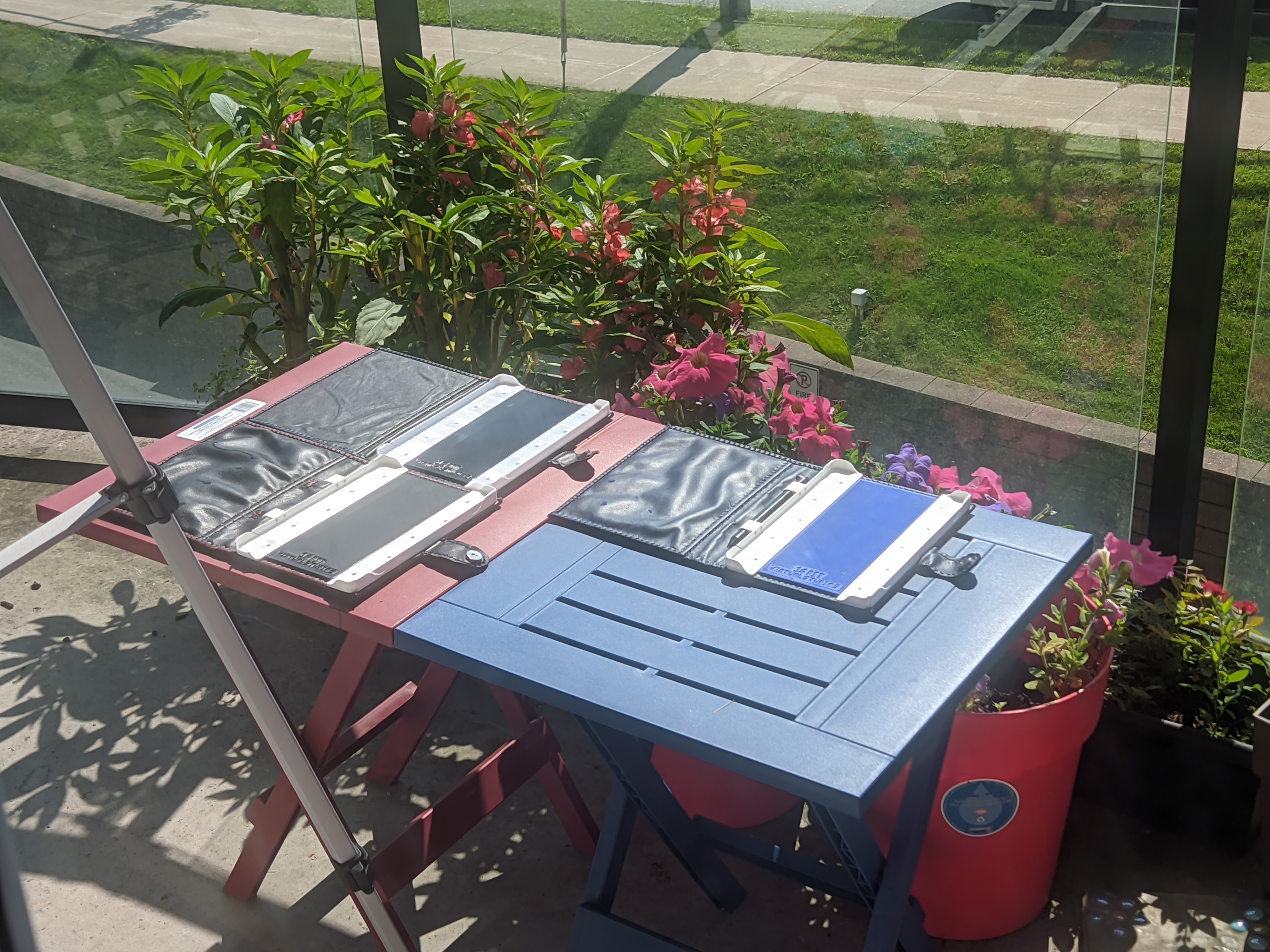3DPrinting
3DPrinting is a place where makers of all skill levels and walks of life can learn about and discuss 3D printing and development of 3D printed parts and devices.
The r/functionalprint community is now located at: [email protected] or [email protected]
There are CAD communities available at: [email protected] or [email protected]
Rules
-
No bigotry - including racism, sexism, ableism, homophobia, transphobia, or xenophobia. Code of Conduct.
-
Be respectful, especially when disagreeing. Everyone should feel welcome here.
-
No porn (NSFW prints are acceptable but must be marked NSFW)
-
No Ads / Spamming / Guerrilla Marketing
-
Do not create links to reddit
-
If you see an issue please flag it
-
No guns
-
No injury gore posts
If you need an easy way to host pictures, https://catbox.moe may be an option. Be ethical about what you post and donate if you are able or use this a lot. It is just an individual hosting content, not a company. The image embedding syntax for Lemmy is 
Moderation policy: Light, mostly invisible
view the rest of the comments

I printed a sprinkler to stick on the end of my watering can out of PLA.
Its been outside in all weather, including direct sunlight, for three years now. And water runs through it almost every day for 8 months of the year. It's a little faded, but that's it.
IMO the things people say about PLA regarding exposure are vastly over stated.
It can survive fine when under no load. It probably fades color less than abs does actually. However When experiencing any kind of mechanical load - say, a tablet squeezing at the edges for a friction fit - it fails rapidly at elevated temperatures.
Yup, and any interior vehicle parts I’ve done that have any loads have yielded after any kind of sunny week or so.
Massively oversized parts can last a bit longer, but they just have very low creep temperatures.
That's exactly how I know. Made some very nice interior car parts and experimented with the 3 plastics. PLA failed in a day, PETG made it a week before it sagged too much to be usable, but ABS is still going.
Yeah, I haven’t bitten the bullet and tried abs yet, mostly because I’m not ready to setup ventilation and better temp control.
Asa seems to be another option, but I’ve been having too much fun printing TPU parts to bother.
ahhh, TPU is addictive isn't it. So squishy and flexy. I've even made gaskets out of it for an ATV- not good ones, because it fails to seal when too cold, but gaskets that still work nonetheless.
I don't think your particular case would have any creep as it's not mechanically leveraged in any real way.
If you were to print something like a cupholder for a stroller or bike where it's holding something up with some weight while in the heat is where you would notice it especially with repeated impact. Most likely wouldn't outright fail but under constant load you would notice it starting to bend a little. That said you can absolutely over engineer it to prevent that rather than switching materials which can be a huge pain depending on the printer.
I did my hydroponic tower in PETG but it honestly would've been ok in PLA since it's just a static fixture. I've had a PLA badge on my car for 3 years in 110+ summers and similar to you I've only noticed fading on the raised white lettering.
I think it depends on the usage. If the size/shape doesn't matter or is mated to metal, then PLA is more than fine in colder climates (i.e. not Texas), but as soon as the average temp of it's operating environment is within the Glass Temp range then PLA isn't good.
In your sprinkler's case, the water is chilling it bellow glass temp when operating.